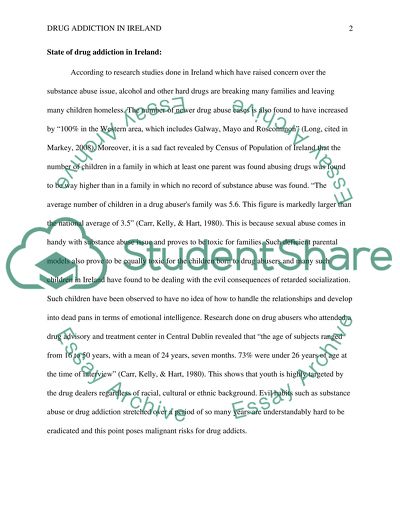Cite this document
(“Drug Addict in the family and treatment Literature review”, n.d.)
Retrieved from https://studentshare.org/psychology/1394749-drug-addict-in-the-family-and-treatment
Retrieved from https://studentshare.org/psychology/1394749-drug-addict-in-the-family-and-treatment
(Drug Addict in the Family and Treatment Literature Review)
https://studentshare.org/psychology/1394749-drug-addict-in-the-family-and-treatment.
https://studentshare.org/psychology/1394749-drug-addict-in-the-family-and-treatment.
“Drug Addict in the Family and Treatment Literature Review”, n.d. https://studentshare.org/psychology/1394749-drug-addict-in-the-family-and-treatment.


